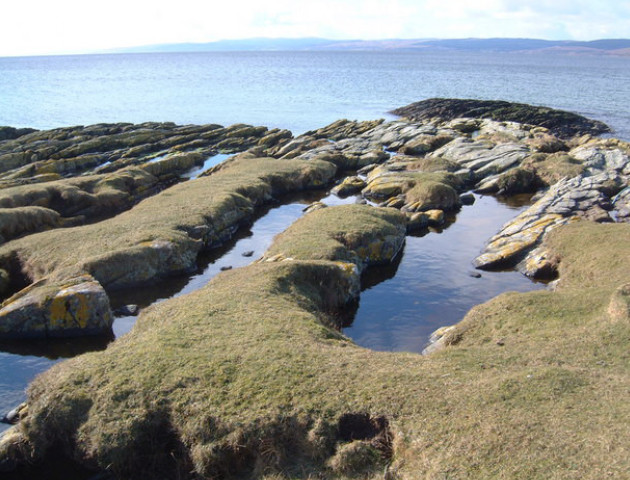Topics: Earth and Life Sciences
Type: Briefing paper
Publication date: December 2020
Download
- The contribution of coastal blue carbon ecosystems to climate change mitigation and adaptation [PDF]
Summary
Authors: Nick Reynard, Elizabeth Ellison, Amy Wilson, Phillip Williamson, John O-Niles, Dr Emma Ransome And Dr Ali Mashayek
 This briefing paper explores the potential for marine coastal ecosystems that store carbon, blue carbon ecosystems (BCEs), to help both limit climate change and adapt to the impacts of a changing climate. It also considers the range of benefits BCEs bring to coastal communities, and makes recommendations for policy approaches.
This briefing paper explores the potential for marine coastal ecosystems that store carbon, blue carbon ecosystems (BCEs), to help both limit climate change and adapt to the impacts of a changing climate. It also considers the range of benefits BCEs bring to coastal communities, and makes recommendations for policy approaches.
Headlines
- Thriving marine coastal ecosystems which store carbon, known as blue carbon ecosystems (BCEs), are considered a significant sink of carbon within the discussion of climate change mitigation.
- Our calculations, consistent with findings of the Special Report on the Ocean and Cryosphere in a Changing Climate (SROCC), find that BCEs have the potential to annually capture 0.5%-2% of the ~10 gigatons of carbon emitted globally each year. This range reflects the current coverage of BCEs and their potential for restoration, based on a subset of available data.
- The net carbon currently stored in these ecosystems below or above ground is of the order of a few years’ worth of global net emissions (i.e. a few tens of gigatons of carbon).
- Therefore, BCEs need to be considered alongside a range of approaches to reduce the effects of climate change. Importantly, BCEs also provide a range of invaluable economic, health and ecological benefits to coastal communities e.g. protection against flooding induced by extreme sea level rise, and hosting the food web essential to sustainable fishing.
- BCEs are at risk worldwide for a variety of reasons including damage from sea level rise, population growth and deforestation if not effectively managed.
- Restoration projects could increase the geographic area covered by these ecosystems from 100 million to 170 million hectares. Successful long-term restoration relies on good management which can also help improve monitoring of carbon sequestration.
Download: The contribution of coastal blue carbon ecosystems to climate change mitigation and adaptation [PDF]
[Image: (c) Martin Jones]
Read more from the authors in our blog: Salt marshes or sea walls? Preventing coastal flooding in the UK
View publications by:
Topic
Climate Science
Earth and Life Sciences
Energy and Low-Carbon Futures
Resources and Pollution
Economics and Finance
Health
View all publications and browse by year
Publication type
Briefing papers and Briefing notes
Grantham Institute Outlooks
Evidence & submission papers
Infographics